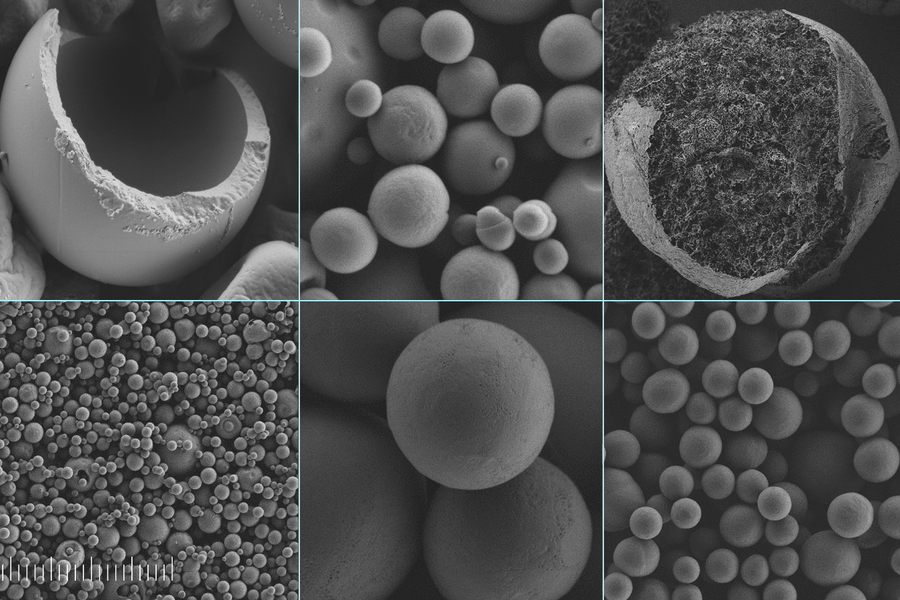MIT's silk capsules are designed to reduce microplastic pollution

Microplastics are a serious environmental issue, but a new research might help reduce the amount we produce. The authors demonstrated that silk may be utilized as a biodegradable substitute for microbeads and other plastic particles that are commonly used in cosmetics, paints, and other products. Many studies have revealed that Earth is devoid of many locations untouched by microplastic pollution. These little pieces have been found in oceans, rivers, farmland, ice and snow all the way across the Arctic to the Antarctic latitudes and from Everest's peak to sea bottom trenches on both sides of Mount Everest.
There are many varieties of microplastics in the world's seas, and they've been identified in a wide range of animals including molluscs, crustaceans, fish, turtles, seals, birds, small land mammals, cattle and people. They're connected to an increased variety of health concerns as well.
Most of these tiny particles form when larger plastic goods decompose in the environment, but we've been adding our own microplastic bits to other things for decades. They may be found in laundry detergents, cosmetics, toothpaste, shampoo, paints, and other chemicals. They give paints a brilliant shine and make facial scrubs abrasive. They can also aid chemical release by controlling the timing.
According to estimates, these fundamental microplastics make up anywhere from 10 to 15% of the environment's overall collection, and the new research is attempting to address them. The team behind the new study suggests using silk as a straightforward alternative to plastic beads. This inexpensive material not only has a similar purpose by encapsulating chemicals until required, but it also biodegrades quickly and safely when used.
To create top-quality silk, the cocoons must be carefully unraveled. To do so, the researchers dissolve the cocoons in water in a simple, scalable procedure that may be completed with existing infrastructure. It can also make use of low-grade silk that is currently discarded in large quantities. The resulting silk coverings might be treated to have varied traits dependent on intended usage, such as whether they attract or repel water.
To make a herbicide contained in silk capsules that dissolve in water to release the substance over time, the researchers tested the silk coating material in the lab using standard spray-based manufacturing equipment. When this was deployed on corn in a greenhouse, the silk-encapsulated herbicide worked as well as traditional products while causing far less crop damage — down to 0.8 percent versus 25 percent from non-encapsulated herbicides.
Source: news.mit.edu